following Edward Thomas and his ‘map of the soul’
 Blown away by the quite phenomenal Nick Dear play The Dark Earth and The Light Sky about Edward Thomas, now showing at the Almeida Theatre on its first run.
Blown away by the quite phenomenal Nick Dear play The Dark Earth and The Light Sky about Edward Thomas, now showing at the Almeida Theatre on its first run.
I wrote about Thomas in The Green Road into the Trees – indeed in some ways the book was a centenary version of his own book, The Icknield Way, when he took the same route in 1912. Nick Dear has a fine phrase for Thomas’s travel books which he describes as ‘maps of his soul’, rather than more conventional guides, and as a result did not sell.
Dear does a few things exceptionally well: he doesn’t sentimentalise Thomas at all – he often comes across as a monster in the way he treats his wife Helen in particular; the play does not climax with Thomas’s tragic death in the First World War which often over-colours accounts of his life – this is the chronicle of a death foretold; he shows how the friendship between Thomas and Robert Frost was pivotal for both men’s poetry – Thomas started publishing and Frost got recognition.
But above all it focuses on Helen, who for me had always been a shadowy presence. She comes across as a tragic figure, quite beautifully played by Hattie Morahan, dealing with her husband’s depression and death wish with alternate light and sadness.
In The Green Road into the Trees, I quoted the lines of Thomas that haunted me from his own account of my journey: ‘I could not find a beginning or an ending to the Icknield Way. It is thus a symbol of mortal things with their beginnings and ends always in immortal darkness.’
following Edward Thomas and his ‘map of the soul’ Read More »

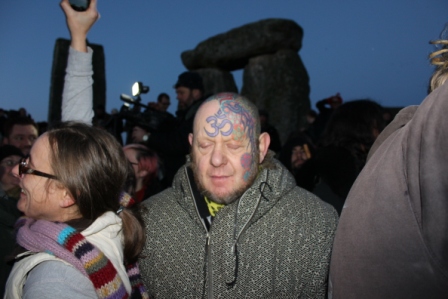
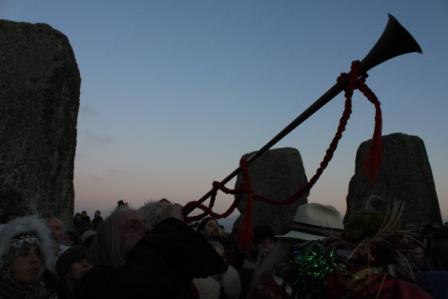
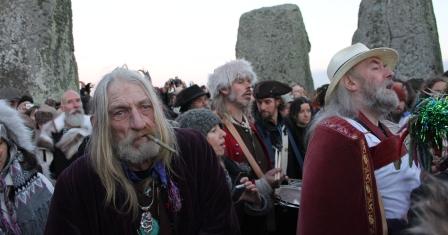
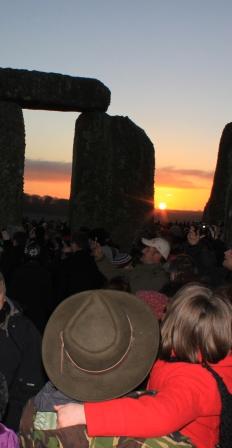


 An
An 
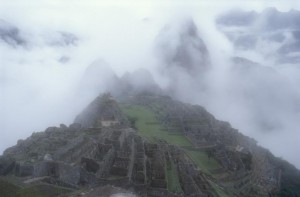
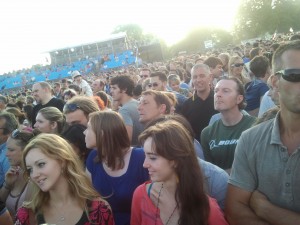
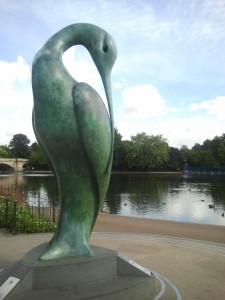
 Thirty-five years ago, I visited my first Maya site, at Palenque. From the top of the Palacio temple, a staircase led down inside it to the burial chamber of a ruler. The ‘secret staircase’ – it is difficult to use any other less melodramatic term – had only been discovered in 1949. An archaeologist noticed there were holes which had been filled with stone plugs in one of the floor slabs; the temple wall also extended below ground level, suggesting some lower chamber.
Thirty-five years ago, I visited my first Maya site, at Palenque. From the top of the Palacio temple, a staircase led down inside it to the burial chamber of a ruler. The ‘secret staircase’ – it is difficult to use any other less melodramatic term – had only been discovered in 1949. An archaeologist noticed there were holes which had been filled with stone plugs in one of the floor slabs; the temple wall also extended below ground level, suggesting some lower chamber.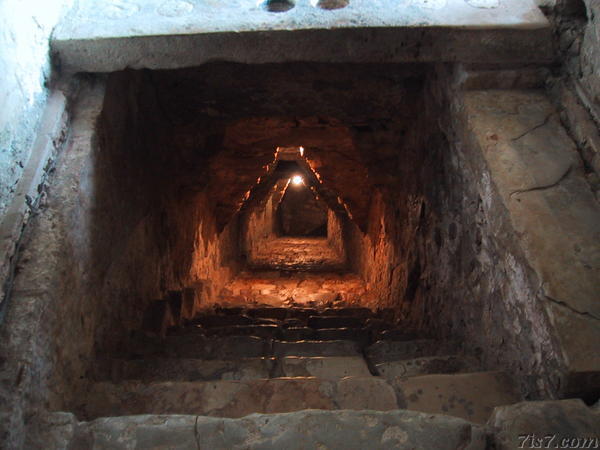 Going down the corbelled staircase on my own felt like something out of John Buchan. At that time, visitors were asked to bring their own torches, as there were only low-voltage lights running from an intermittent generator.
Going down the corbelled staircase on my own felt like something out of John Buchan. At that time, visitors were asked to bring their own torches, as there were only low-voltage lights running from an intermittent generator. In the years since my visit, much has changed in our understanding of the Maya – from new archaeological discoveries, but above all because we can now finally read the glyphs on the temple stelae. …
In the years since my visit, much has changed in our understanding of the Maya – from new archaeological discoveries, but above all because we can now finally read the glyphs on the temple stelae. …
 A
A